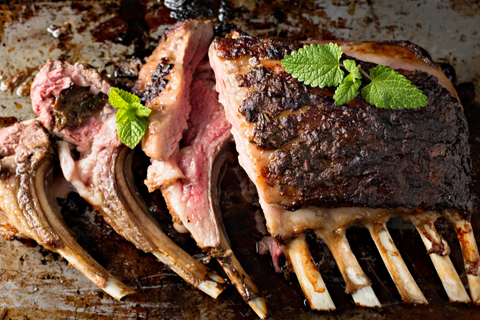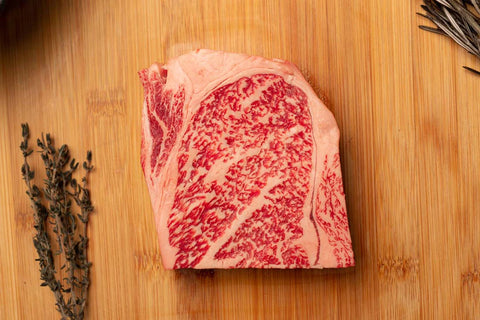At Rowe Beef, we believe in keeping the public informed about the latest developments in the industry
Fed Cattle Insights
In Western Canada, the federal cattle price has exhibited remarkable stability, owing to ample but manageable supplies and a robust fall demand. However, challenges such as limited slaughter capacity have constrained upside potential. The recent average for fed steers has hovered between $390/cwt and $391/cwt, showing an encouraging strength of $91.53/cwt compared to the previous year. Despite these higher prices, the basis remains wide due to U.S. prices surpassing our local market, with Alberta to Nebraska and Ontario to Nebraska cash-to-cash basis at -$18.96/cwt and -$16.56/cwt in mid-October, respectively.
While beef production in Canada lags behind the previous year, longer lift times, increased days on feed, and reduced cost of gain have contributed to higher carcass weights. With fed cattle prices expected to receive solid support in the near term, the outlook remains positive, especially with limited market-ready fed cattle inventories as we move through the fourth quarter.
Feeder Cattle Market Trends
In 2023, the Canadian meat market witnessed improvements in response to reduced feed grain prices, strong live cattle futures, and positive fed cattle margins. Despite a slight drop in feeder calf prices from fall highs, mid-October 550-lb. steer prices in Alberta were still impressively higher than the same week in 2022. Producers, capitalizing on higher feeder prices, have indicated a reluctance to expand cow herds in Canada, reflecting low feedstock availability and poor fall pasture conditions.
While heavier feeder steers experienced a minor decline in mid-October prices, the overall market shows resilience. Auction volumes in Alberta have surged, indicating a robust market, but feeder cattle exports to the U.S. saw a 24 percent decline by the end of September. Canada has turned into a net importer for feeder cattle in 2023, with an optimistic outlook for the future.
Non-Fed Cattle Dynamics
Poor fall grazing conditions and limited winter feed supply have led to aggressive cull cow marketing, reflected in a decrease in average D2 cow prices in mid-October. Despite this decline, the market remains historically high, with Ontario’s average D2 price holding steady at $132.79/cwt. Cull cattle supply is expected to remain ample in the coming weeks, driven by management decisions and limited winter feed resources. As the fed cattle supply tightens and beef demand improves, cull cow prices are anticipated to rebound later in the fourth quarter.
In conclusion, the Canadian meat market is influenced by a myriad of factors, from cattle prices to supply and demand dynamics. At Rowe Beef, we remain committed to providing you with high-quality meat products while navigating these market trends. Stay tuned for more updates as we continue to keep you informed about the ever-evolving landscape of the Canadian meat industry.






